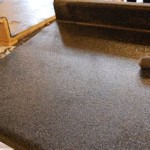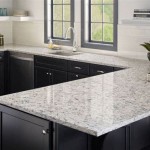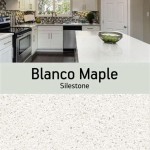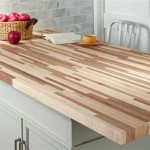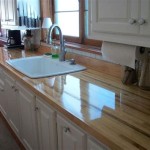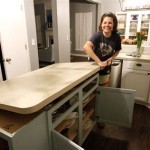Installing A Butcher Block Countertop
Butcher block countertops are an increasingly popular choice for kitchens and other areas of the home due to their durability, warmth, and natural beauty. They are made from thick slabs of hardwood, typically maple, walnut, or cherry, and can be finished in a variety of ways to suit your style. While butcher block countertops are relatively easy to install, there are a few things you need to know before you get started.
1. Choose the Right Butcher Block
The first step is to choose the right butcher block for your needs. There are a few things to consider, such as the type of wood, the thickness, and the finish. If you are not sure which type of wood is right for you, consult with a professional at your local hardware store.
2. Prepare the Base Cabinets
Once you have chosen your butcher block, you need to prepare the base cabinets. This involves removing the old countertops and installing new ones. If you are not comfortable doing this yourself, you can hire a professional to do it for you.
3. Cut the Butcher Block to Size
The next step is to cut the butcher block to size. This can be done with a circular saw or a jigsaw. If you are not sure how to do this, consult with a professional.
4. Install the Butcher Block
Once the butcher block is cut to size, you can install it on the base cabinets. This can be done with screws or nails. If you are using screws, be sure to countersink them so that they are flush with the surface of the butcher block.
5. Seal the Butcher Block
Once the butcher block is installed, you need to seal it to protect it from water and stains. There are a variety of sealants available, so be sure to choose one that is specifically designed for butcher block countertops.
Tips for Installing a Butcher Block Countertop
- Be sure to wear safety glasses and gloves when cutting and installing the butcher block.
- Use a sharp saw blade to cut the butcher block. A dull blade will tear the wood and make it difficult to get a clean cut.
- Countersink the screws or nails so that they are flush with the surface of the butcher block. This will help to prevent the screws or nails from snagging on clothing or food.
- Seal the butcher block as soon as possible after it is installed. This will help to protect it from water and stains.
Butcher block countertops are a beautiful and durable addition to any home. With a little planning and preparation, you can install a butcher block countertop yourself and save money on the cost of professional installation.

How To Cut Install Butcher Block Countertops From A Z

How To Install Butcher Block Countertops Diy Kitchen Remodel

How To Install Butcher Block Countertops I Screwed Up A Little

How To Install Butcher Block Counter Top Pro Tips

7 Steps To Butcher Block Wood Countertop Installation

Installing Butcher Block On A Kitchen Island Sew Woodsy

How To Install Butcher Block Countertops Sew Woodsy

Installing Butcher Clearance Block Countertops

Installing Butcher Block Countertops Wildfire Interiors

How To Finish And Install Butcher Block Countertop The Crafty Blog Stalker
See Also

